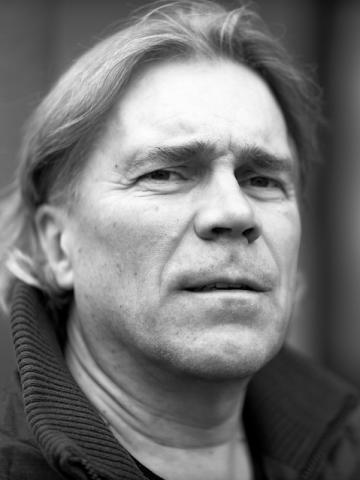Bio
Einar Kárason was born in Reykjavík on November 24, 1955. After finishing highschool in 1975, he studied literature at the University of Iceland until 1978. He did a variety of jobs with his studies, but since 1978 Einar has been a full time writer.
He sat on the board of the Writer's Union of Iceland from 1984 to 1986, was vice-chairman from 1986 to 1988 and chairman from 1988 to 1992. As chairman of the Writer's Union, Einar sat on the boards of among others The Federation of Icelandic Artists and The Icelandic Association on Books. He has been one of the board members of the Reykjavík International Literary Festival since 1985.
Einar Kárason started his writing career by publishing poetry in literary magazines in the years 1978 – 1980, and his first novel, Þetta eru asnar Guðjón, appeared in 1981. Two years later the first book in his trilogy about life in one of the post war "barracks neighbourhoods" of Reykjavík came out, Þar sem djöflaeyjan rís (Where Devil's Isle Rises). The next, Gulleyjan (The Isle of Gold), received the DV newspaper's Literature Award in 1986, and it was also nominated for the Nordic Council's Literature Prize a year later. The last book of the trilogy, Fyrirheitna landið (The Promised Land) was nominated for the Icelandic Literature Award in 1989. The trilogy was adapted for the stage and the play was highly popular when staged by the Reykjavík Drama Company. Einar also wrote a film script based on the books in cooperation with director Friðrik Þór Friðriksson and his movie, Djöflaeyjan (Devil's Island) premiered in 1996. Einar and Friðrik also worked together on the film Skytturnar, which was released in 1987. Einar has published a number of other novels, short story collections and poetry. His first children's book came out in 1993. Books by Einar have been translated to a number of languages.
Author photo: Jóhann Páll Valdimarsson.
About the Author
On The Works of Einar Kárason
Einar Kárason’s first novels quickly became popular in the early 1980s. His works, however, are not limited to novels, he has also written film scripts and children’s books. His works have been translated into many languages and have been well received, for instance in Germany and Scandinavia.
Einar Kárason’s novels on the life of an extended family in one of the abandondend war camps in post-war Reykjavík, Þar sem djöflaeyjan rís (1983: Where Devils’ Isle Rises) and later Gulleyjan (1985; The Treasure Isle), became very popular books, they were later turned into a play and finally an acclaimed film by Friðrik Þór Friðriksson. The reason for this popularity is not least to be found in that while telling of a remarkable period in Reykjavík’s history, peculiar characters and complex family ties, they are also a gripping read. Einar Kárason focused on Reykjavík in the 1950s in all its paradoxes, extremes and intense politics, and created an almost mythical period, and with lively characterisation and play with varied colloquialisms and slang, that has meant that this world had found a place in the nation’s consciousness and one can hardly mention the camps without referring to Einar Kárason’s works. The photographs used in the Devils’ Isle confirm for the reader that this is based on real events which took place at a certain point in time, and the story could not have happened any other time. This makes the myth all the more credible and lends the book a documentary atmosphere. The camps were part of revolution in Icelandic society, and that they have disappeared some time ago, lends the story a magic hue. The reader gets the impression that he or she is lead into a world that has disappeared, and it is no surprise that Einar Kárason has later written historical novels, as the attraction of that form is based in part on similar tenets. The narrative form is in many ways traditional and is reminiscent of folk tales and other heroic and hardship tales that have been written down in different forms. Important events are often introduced with all kinds of premonitions, as when Baddi (one of the main characters of the ’Isle’ books) first returns from America. At times the style bears all the hallmarks of oral tradition put down in writing, as it often refers to events being ’famous’, or ’long-remembered’, or certain days or nights being ’memorable’. And eventhough this is not exactly magical realism, there is a clear folk tale aura over people and place.
Einar Kárason’s most prominent stylistic trait is his feeling for different voices. This is evident in the dialogue, but one could also suggest that the style leans toward the character placed in the forground each time. A good example of this is the beginning of the Devils’ Isle told in part from the point of view of the family matriarch, Karólína, and is much coloured by her excentric use of words. Einar Kárason relies to a large extent on colloquial language in all his works, this is apparent in the way he adds ’some’ before nouns and uses ’maybe’ quite often, as if to diminish the omniscience of the narrator. The structure of the three ’Isle’ books is at times quite loose, and seems in part to be a collection of tall tales, but at times there is a solid framework around the narrative, as when the author concentrates time, for instance by letting many important events take place within the same twenty-four hours. In this way unrelated events are inextricably linked, such as Baddi’s horrible drinking session and the cat fights (literally) in Tommi’s shop, and unrelated events therefore gain symbolic function in the work.
The lower strata of society, the poor, the uneducated and worthless, are in nearly all of Einar Kárason’s works in the main roles. The works tell the story of those who public history seldom reaches (except in police and medical reports), but the message is often mixed. Even though the characters are certainly glorified in part, the narrator constantly denies us the belief that these people are somehow better than people from other classes of society. As eventhough luck shines on them and money starts flooding in as in the ’Isle’ books and in the novels Heimskra manna ráð (1992, The Wisdom of Fools) and Kvikasilfur (1994, Quick Silver), it is emphasised that these people do not know how to handle luxury, the gap between expectation and reality has been too wide. But as the works treat characters usually outside public history, forms of informal history are much in evidence. This is very apparent in the ’Isle’ books, they are full of tall tales, gossip and vague facts. The author also proves the power of such history and that is very evident in the king of the books, Baddi. There were so many stories and tales, so many versions of Baddi, that the stories were inevitably more interesting than he himself. The stories meant that he soon became a myth that was hopeless to live up to. Baddi also is not contained in the island books and has one story in Kvikasilfur. The author is careful to avoid reverse snobbery, and can hardly be said to glorify poverty and ignorance, as he pokes fun of the ’intelligentsia’ who admire folk wisdome which is nowhere to be found, as in the last chapter of Devils’ Isle, where the playwright turns up to visit Karólína to learn about folk belief and wisdom. In the last ’Isle’ book, Fyrirheitna landið (1989, The Promised Land), the emphasis has moved even more to the dark sides of these strange times, when the point of view shifts to the children who had to live with these people. The author experiments more with different narrative techniques; Baddi’s story it told in the form of a medical report and the legend is suddenly reduced to a not-very-bright drunk, and the story of Karólína’s death is told in the form of fiction by a ’promising young author’. In Fyrirheitna landið the story as a whole is re-examined, and doubts are voiced about the motives for telling the tale of this family and the misdirected fondness for drunks and unstable women. The reader also gets insight in the writing of Heimskra manna ráð and Kvikasilfur when interviews with the characters are added to the story. Complainers and excentrics are much in evidence in Einar Kárason’s works and at their best they manage to describe a phenomenon or characteristic, but at times the characters are simply strange (as for instance in the short story collection Þættir af einkennilegum mönnum (1996, Stoires of Strange Men)). Some character types are found in more than one work, in this way Kristgeir in Heimskra manna ráð later appears as Víga-Glúmur in the novel Norðurljós (1998, Northern Lights); people who are constantly litigating for no apparent reason, but are praised for being good at talking ill of people.
Einar Kárason uses extended families to link many stories both in the ’Isle’ books and in Heimskra manna ráð and Kvikasilfur. In the ’Isle’ books the family home, the Old House, becomes a symbol for the rise and fall of the family and its final humiliation when it is torn down at the end of Gulleyjan and it serves as a frame for the whole narrative. But family stories have their drawbacks. Families can be an ideal framework and provide context and continuitiy for a collection of stories, but at times there is nothing that holds the stories together except the kinship, as happens in many good families. This is sometimes evident in the ’Isle’ books, and even more so in Heimskra manna ráð and Kvikasilfur. Family stories need a certain rise and fall that the many stories in the work support or describe in some way, so the progression of the story has some inner dynamic. When this is not the case the stories seem to be there because the author holds them dear, rather than because they serve a larger purpose in the works.
Einar Kárason has in recent years turned his attention to historical novels, Norðurljós mentioned above which takes place in the eighteenth century and Óvinafagnaður (2001, A Gathering of Foes) which takes place in the time of Sturlungar. In these novels the emphasis is on credible characterisation, fast turn of events and the world view, rather than on detailed descriptions of daily life in those times. The author does not attempt to use the language of the period, but uses mostly contemporary language, and in the main steers clear of the pitfalls this can bring. He does not look to the narrative style of the period, as Norðurljós is closer to the style of the Sagas rather than eighteenth-century literature, where the hero encounters many difficulties and is finally outlawed from Iceland. Einar Kárason is able to keep a fast pace and Norðurljós is a fine thriller. There are many good descriptions of violence in Norðurljós and Óvinafagnaður contains good battle scenes, especially is of note when one narrator is beheaded mid-sentence.
Most of Einar Kárason’s works are concerned in one way or another with masculinity in all its variations; useless posing and emptiness, and masculinity is of course very well described in war and warrior behaviour. Masculinity is always a part of his works, and ever since his first novel, Þetta eru asnar Guðjón (1981, They are Fools, Guðjón), which describes young lost masculinity, the grandiose and petty have warred. In Heimskra manna ráð and Kvikasilfur the attention is brought to another important element in Einar Kárason’s works, and that is endless hopeless schemes and highly ill-thought-out plans. All of Bárður’s grandiose plans and his search for the gold ship in Heimskra manna ráð and Kvikasilfur are examples of showy, and finally absurd posing, because in these men’s search for treasure and in their macho hunting need, they deny the everyday which is too petty for them. This is also evident in the many descriptions of drinking bouts in Einar Kárason’s works. There is no middle way and no joy. No one should ever be content with the small, but rage ahead full force, which always ends in disaster. But those who are content with the small, become almost kind of heroes in Einar Kárason’s works, as for instance Tommi in the ’Isle’ books. In these works as well as in Heimskra manna ráð and Kvikasilfur, a certain believe in fate is evident. These men will constantly continue making these grandiose plans, but they will always end in disaster. Self-examination and doubts about the purpose of machoism have become more apparent in Óvinafagnaður, where neither Þórður kakali nor Kolbeinn the young really know why they wage these constant battles, it does not seem to be inner drive that rules, but circumstances that have overpowered them.
Einar Kárason has turned his hand at different genres. In the short story collections Söngur villiandarinnar (1987, The Song of the Wild Duck) and Þættir af einkennilegum mönnum, colourful characters are also much in evidence, but with varied success. Some of the short stories can stand on their own, such as "Kveldúlfs þáttur kjörbúðar", but others are more lightweight and the form is not dealt with meaningfully. In these stories characters appear that are widely evident in his works, and the question is asked how people get away with lies, indolence, laziness, demanding and overpowering behaviour and other interesting facets of small minded characters, without reasonable people being able to lift a finger. Þættir af einkennilegum mönnum is full of boring people, and self-important and overpowering people. The short stories also show the author’s interest in embarassing and absurd events, but that type of creation of circumstances has a long history in short stories. These stories are not linked to any one family or period and are therefore at times a little vague. In Einar Kárason’s works there are many good descriptions of childhood and it did not come as a surprise when he started writing children’s books. These are not sentimental stories, but fast-paced stories, though they are coloured by a certain nostalgia for being part of a group, as they are often concerned with sibling relationships, games, cliques and such like. Einar Kárason’s feeling for collquialisms, original naming, and talent for making the everyday exciting is much in evidence in the children’s books, and they are not patronising, but show a certain respect for the reader.
The lousy, embarassing, absurd and drunk have been a fruitful source for Einar Kárason, but in this later works the emphasis has moved in part to setting pace and progress in narrative. That is why historical novels seem to be a logical progression in his writing carreer.
© Gunnþórunn Guðmundsdóttir, 2002
Articles
Articles
Gunnþórunn Guðmundsdóttir, "Einar Kárason (1955- )" I
celandic Writers. Dictionary of Literary Biography, vol. 293, ed. Patrick J. Stevens, Detroit, Gale 2004, pp. 48-54
See also: Neijmann, Daisy L., ed. A History of Icelandic Literature.
University of Nebraska Press, 2007, pp. 443-4, 455, 456, 459-460
Awards
2020 - The International Literature Prize of Stockholm House of Culture & City Theatre (Kulturhuset Stadsteatern): Stormfuglar (Albatross)
2008 - The Icelandic Literature Prize: Ofsi (Rage)
2008 - The Icelandic Bookseller’s Award: Ofsi (Rage). As the best novel of the year
2004 - DV Cultural Prize for Literature: Stormur (Storm)
2003 - National Broadcasting Service Writer’s Fund
1986 - DV Cultural Prize for Literature: Gulleyjan (Isle of Gold)
Nominations
2003 - The Icelandic Literature Prize: Stormur (Storm)
1996 - The Nordic Council’s Literature Prize: Heimskra manna ráð (The Wisdome of Fools) and Kvikasilfur (Quicksilver)
1994 - The Icelandic Literature Prize: Kvikasilfur (Quicksilver)
1989 - The Icelandic Literature Prize: Fyrirheitna landið (The Promised land)
1987 - The Nordic Council’s Literature Prize: Gulleyjan (Isle of Gold)
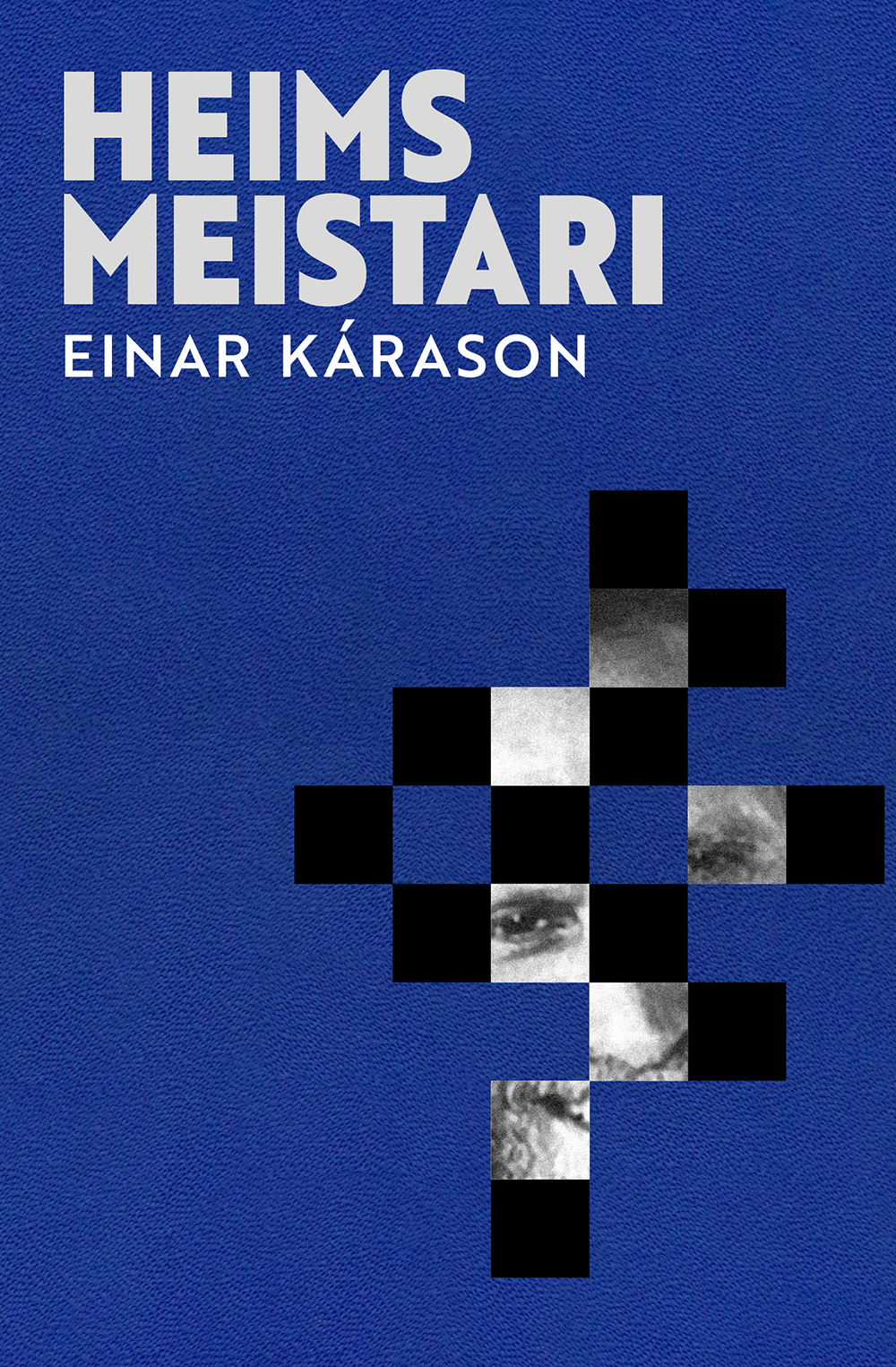
Heimsmeistari (World Champion)
Read moreÍ miðju köldu stríði öttu fulltrúar austurs og vesturs kappi við skákborðið í smáborginni Reykjavík. Heimsmeistaratitill var í veði og vestrið vann. Sigurvegarinn ungi var sérvitur og óbilgjarn en heimafólk hafði samúð með honum og gleymdi ekki afreki hans.. . Mörgum árum síðar hefur þessi hornótti einfari komið sér í meiri háttar ónáð hjá stjórnvöldum heimalands síns og situr í japönsku fangelsi, einmana og smáður. Þá grípa velunnarar frá eyjunni í norðri til sinna ráða og sækja heimsmeistarann yfir hálfan hnöttinn – en flóttinn til Íslands er dýru verði keyptur.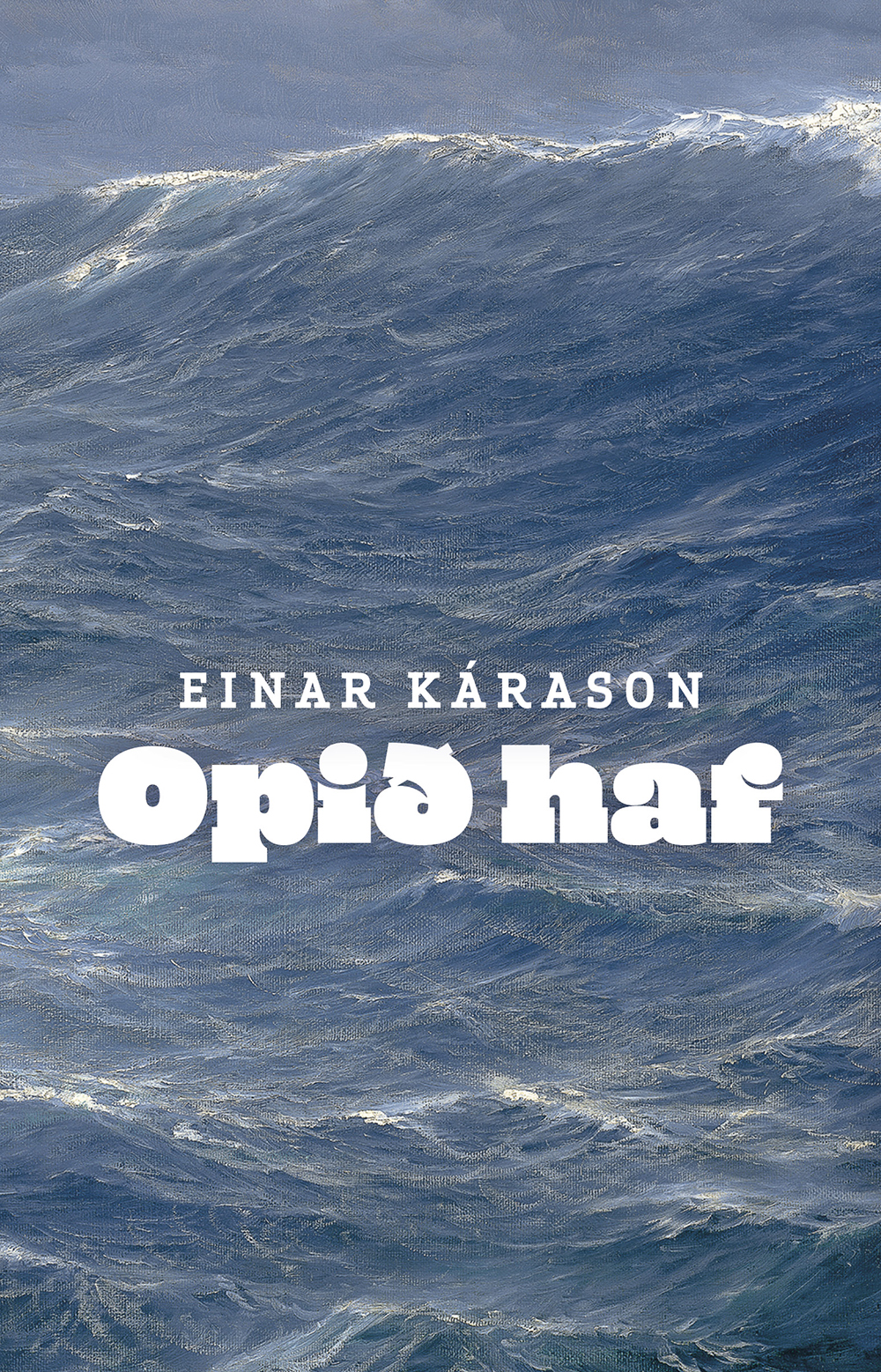
Opið haf (The Endless Ocean)
Read moreOpið haf er skáldsaga byggð á sönnum atburði eins og tvö seinustu skáldverk hans, Stormfuglar og Þung ský.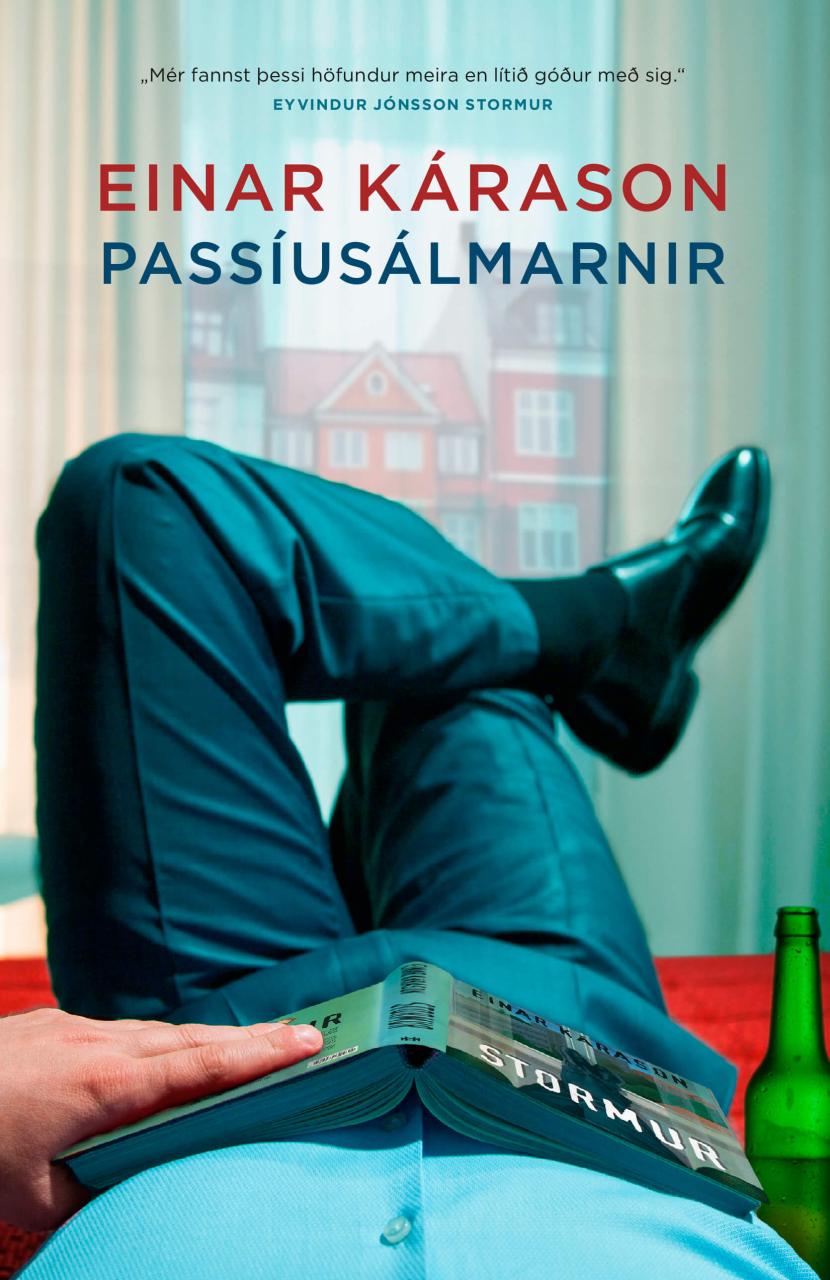
Passíusálmarnir (The Psalms)
Read more

Skáld (Skald)
Read more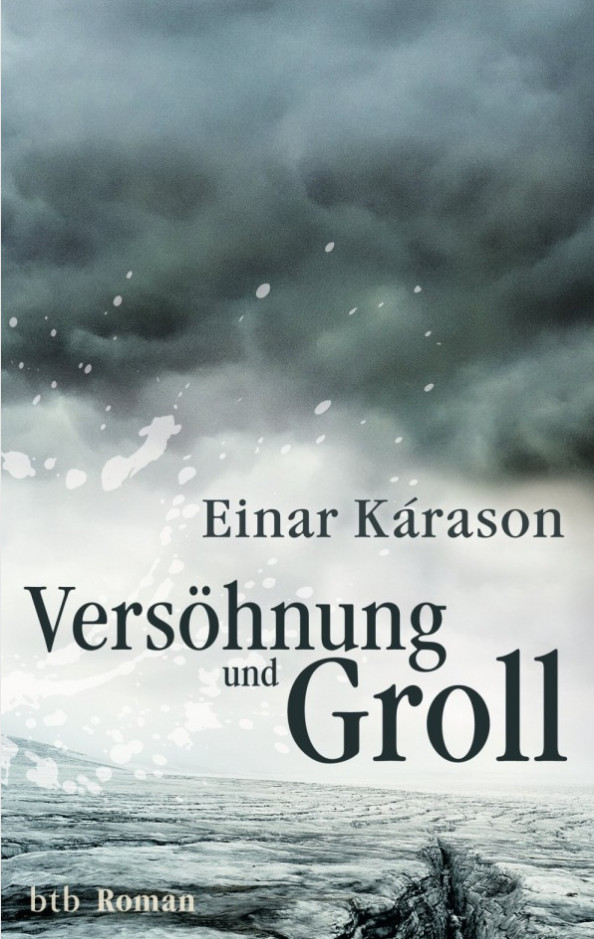
Versöhnung und Groll
Read more
Raseri
Read more
Mér er skemmt (Amused)
Read moreUne affligeante histoire
Read more
